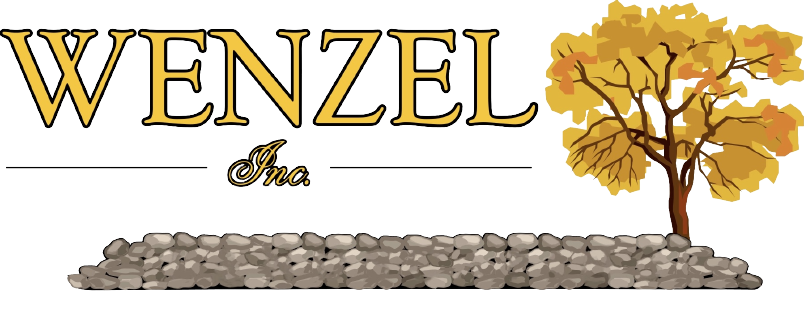Matching function with form can be a challenge when it comes to designing and constructing a retaining wall for your Norfolk, MA, property’s yard. Retaining walls are a necessary part of most yards, whether it is a small wall being used to house a flower bed or a wall several feet tall that supports a large volume of soil on a steep gradient. The functional nature of these walls at times lessens the focus on their ability to also be an aesthetically pleasing part of the design. The material and surface finish used are important decisions that affect the design and so is the shape. Here’s how to decide on whether you should opt for a curved or straight retaining wall.
Consider Your Landscape Design
The first important aspect of designing a retaining wall is to consider the overall design of your yard. More modern landscapes tend to favor straight retaining walls as the sleek, straight lines are likely to meld in well with the predominant look and feel of the yard. For more traditional yards or yards that emphasize more natural surroundings, a curved retaining wall could be a better option. Retaining walls with a more subtle curve can be versatile and fit in with different landscape styles, but the final answer may largely depend on whether the materials and surface texture go with the overall landscape design.
The Choice of Construction Materials
How the retaining wall will be constructed could influence its shape. Poured concrete walls generally provide more flexibility for design options whereas retaining walls made of stacked wall stones can be more of a challenge, depending on the availability of shapes and sizes of the stones. Components for curved walls generally include curved wall stones or include wedge-shaped components to help shape the wall.
Cost and Complexity
Curved walls tend to be more labor-intensive to construct and require more materials. Especially in the case where the component sizes and shapes do not match the radius of the curve, the construction process can involve a lot of cutting and shaping to ensure a quality finish. Installing reinforcements for larger walls as well as coping also requires more work.
Related: The Elements That Make Up a Good Retaining Wall
Moreover, the dimensions of the wall have to be carefully considered during the design and construction phases. Retaining walls generally feature a staggered arrangement of wall stones called a setback, where wall stones on top are installed slightly farther back from the ones below. As a result, the top of the curved retaining wall has a tighter radius than the bottom, which has to be accounted for in the overall design.
In contrast, component sizes and shapes for straight retaining walls are straightforward and require significantly less shaping and customization. All these factors help to make a straight retaining wall usually more cost-effective than a curved one.
Related: 4 Retaining Wall Ideas for Your Sloped Wellesley, MA, Yard
Serpentine Walls
Serpentine walls are a more complex construction project but can radically transform the look of your yard by intermingling a straight retaining wall with snaking curves. The more complex construction and design process can be a challenge, though, which is why an expert contractor with great attention to detail is necessary for such a project. The final result will be a truly unique design element in your yard.


